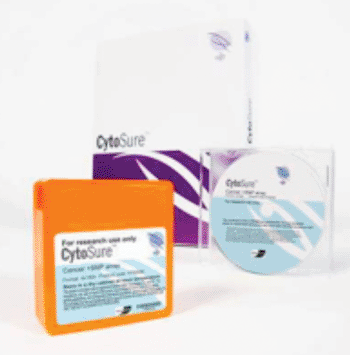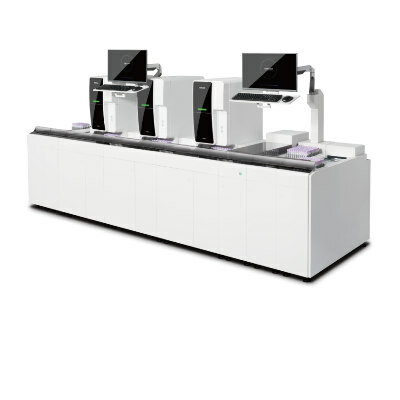New Application Note Addresses Benefits of aCGH/SNP Cancer Research Arrays
By LabMedica International staff writers
Posted on 10 Apr 2013
A new application note on combined array comparative genomic hybridization (aCGH) and single nucleotide polymorphism (SNP) arrays is now available to support researchers in navigating the combined approach for the simultaneous detection of copy number variations (CNVs) and runs of homozygosity (ROH).Posted on 10 Apr 2013
The application note, titled “Detecting copy number variants and runs of homozygosity on a single array — challenges and applications” is provided by Oxford Gene Technology (OGT; Oxfordshire, UK). aCGH has been established as the “gold-standard” platform for array-based CNV detection. Recent advances have enabled the combination of aCGH probes for CNV detection with probes able to detect SNPs. Particularly well suited for clinical genetics researchers, the application note highlights the importance and benefits of these combined probe arrays in the detection of various genetic conditions. For example, OGT’s CytoSure aCGH +SNP arrays allow any reference DNA to be used and no restriction digest of the sample is required. This enables labeling and hybridization steps to be completed in a single day (unlike typical SNP platforms) while providing information on changes in copy number and regions of homozygosity, and integrating into existing workflows.

Image: CytoSure Cancer +SNP arrays from Oxford Gene Technology (Photo courtesy of Oxford Gene Technology.)
The OGT arrays have been research-validated to provide informative, biologically relevant SNP data for various genetic aberrations such as uniparental disomy (UDP), mosaic aneuploidy and ROH, without compromising on high-quality CNV data. CytoSure aCGH +SNP arrays are available for constitutional, cancer, and molecular genetics research. Each array also comes with complimentary access to OGT’s “CytoSure Interpret Software,” a powerful, user-friendly CNV and SNP data analysis package, which contains innovative features to minimize user intervention and maximize consistency and speed of data interpretation.
Related Links:
Oxford Gene Technology
Application note














